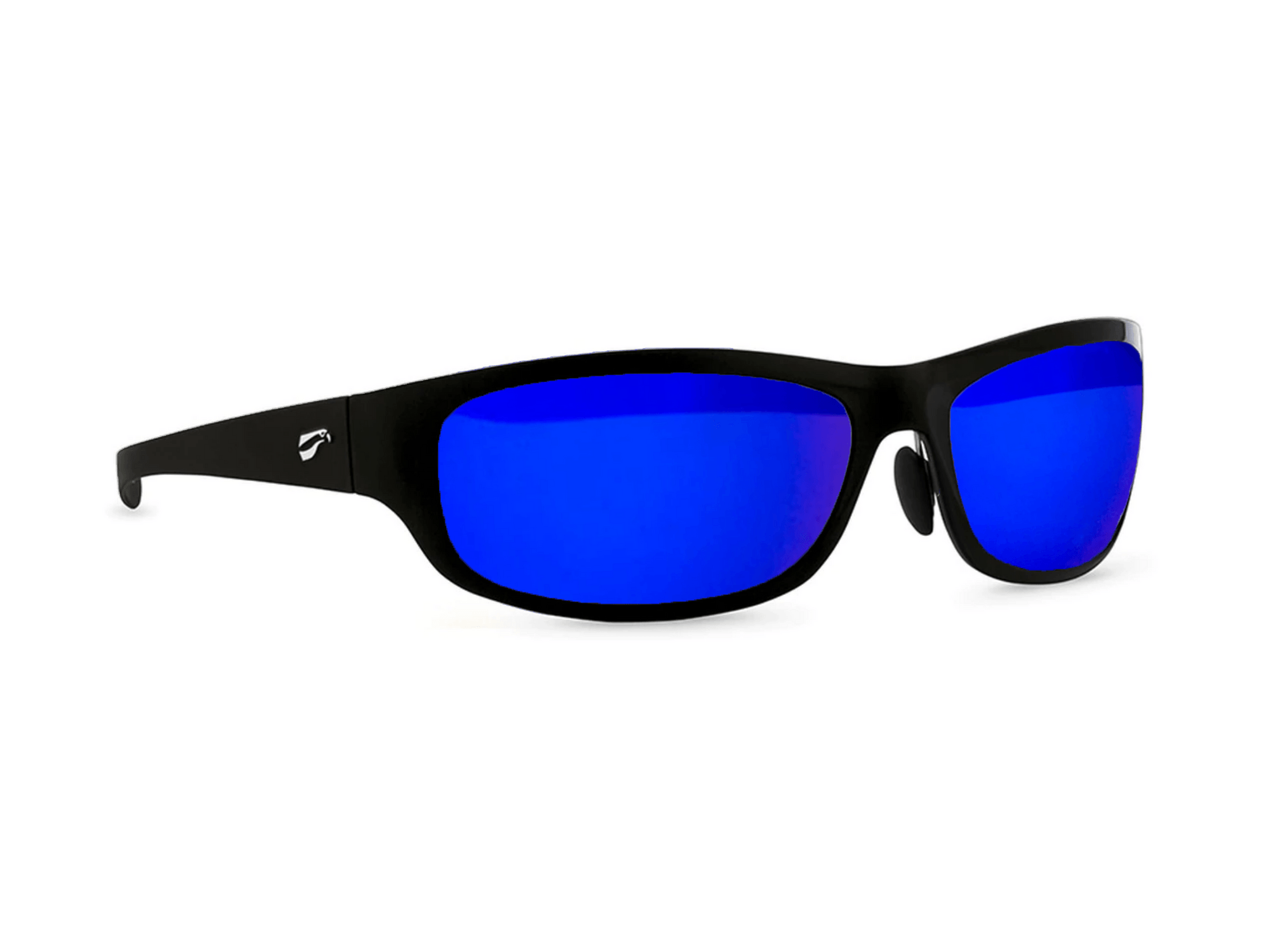Why Do Pilots Wear Non-Polarized Sunglasses?

Pilots are recommended to wear sunglasses to maintain eye health. According to the FAA, UV radiation increases by approximately 5% for every 1000 feet of elevation. UV-blocking shades are easy to find, but how do you decide between polarized or non-polarized options? What is polarization, and how does it affect a pilot’s experience?
What do polarized sunglasses do?
Sunglasses assist the wearer’s vision by filtering out unwanted aspects of light, typically UVA or UVB radiation along with general dimming for comfort. Polarized lenses go a step further to block glares reflecting off of nonmetallic surfaces.
Light acts as a wave. The electromagnetic forces of a light wave cause the waves to bounce in various directions. The waves bounce vertically, horizontally, and anywhere in between. Polarized light is light that is stuck on a single plane (plane as in a flat surface and not your single-engine). Light can become polarized by reflecting off of surfaces like water or roads. Polarized light is glaring and disrupts your vision of the object behind the extreme light reflection.
Polarized light is a major disturbance during activities like fishing where enthusiasts seek as much visibility around and in the water as possible. A polarized filter applied to your sunglasses lenses can block the light coming through at that one particular plane, reducing the glare and improving visibility without that plane of light.
Why do screens look weird through polarized sunglasses?

If you have looked at a screen through polarized sunglasses, you may have experienced obscured visibility. Observing at certain angles can completely black out a screen that was clear as day without the eyewear on. Why is that?
Screens utilize layers of polarized filters to adequately display images. Backlit displays would not work otherwise. The light that your eyes receive from a screen is polarized like the light that you see in bodies of water. Our modern problem then stems from the fact that we DO want to see the light coming from our devices and technology rather than annoying glares from the environment.
Should pilots wear polarized or non-polarized sunglasses?
An aircraft’s instrument panel is equipped with numerous screens and backlit displays crucial for safe, informed flight. Wearing polarized sunglasses in the cockpit will cause difficulties reading and receiving important information. Polarized lenses may also reduce the glare coming off of other aircraft making it harder to spot potential hazards. For these safety reasons, the FAA does not recommend using polarized sunglasses in aviation settings.
Non-polarized, UV-rated sunglasses will filter unwanted radiation and lower light conditions to your comfort but will not erase the readings that you rely on to stay aloft among the clouds. Pilots should fly with non-polarized lenses to minimize safety concerns in the cockpit. Flying with the proper lenses will protect your visuals on the instrument panel displays along with not hindering your ability to spot traffic.

The polarized versus non-polarized debate comes down to the user preferences and activities. Flying Eyes lenses are non-polarized by default for pilots and navigators seeking unfiltered visuals on panel equipment and ease in identifying potential safety concerns. If you prefer a polarization filter on your adventures, polarized gray or copper options are available when selecting your lens tint. Venture onward with the perfect shades for you to Focus On What Matters.











